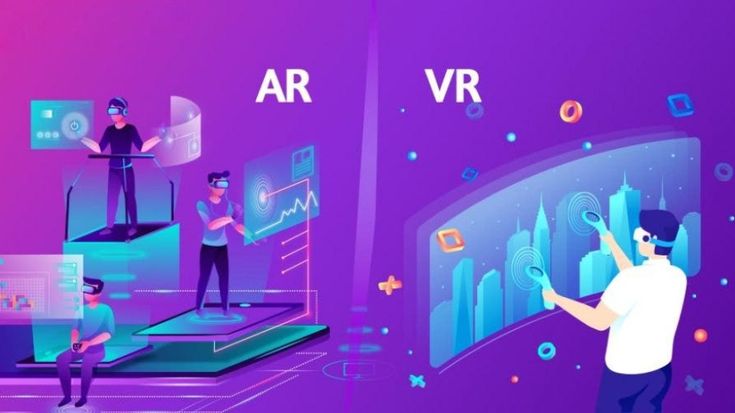Augmented Reality (AR) and Virtual Reality (VR) have rapidly gained popularity across various industries, transforming how we interact with technology. From gaming and entertainment to healthcare and education, these immersive technologies are redefining experiences. But what exactly makes AR and VR so popular? Let’s explore the key factors driving their widespread adoption.
1. Enhanced User Experience
AR and VR offer highly immersive experiences that engage users in ways traditional screens cannot. Whether it’s exploring virtual worlds, trying on clothes virtually, or training in a simulated environment, these technologies provide an unparalleled level of interaction.
2. Growth of the Gaming and Entertainment Industry
One of the biggest contributors to AR and VR’s popularity is the gaming industry. Games like Pokémon GO (AR) and VR-based titles such as Beat Saber and Half-Life: Alyx have captivated users with their interactive and immersive gameplay, setting new standards for digital entertainment.
3. Revolutionizing Education and Training
AR and VR are transforming education by providing hands-on learning experiences. Medical students can practice surgeries in a virtual environment, and businesses can train employees using realistic simulations, improving learning outcomes and reducing risks.
4. Impact on E-Commerce and Retail
Brands are integrating AR into shopping experiences, allowing customers to visualize products before purchase. Companies like IKEA and Sephora use AR apps to let users see how furniture fits in their space or how makeup looks on their face, enhancing the buying experience.
5. Advancements in Healthcare
Healthcare professionals use AR and VR for diagnosis, therapy, and rehabilitation. VR is used for pain management, exposure therapy for phobias, and even assisting surgeons in performing complex procedures with precision.
6. Increased Accessibility and Affordability
With the development of cost-effective AR and VR devices like Oculus Quest, Microsoft HoloLens, and smartphone-based AR apps, these technologies are becoming more accessible to consumers and businesses alike, fueling widespread adoption.
7. The Rise of the Metaverse
The concept of the metaverse has further boosted AR and VR’s appeal. Tech giants like Meta (formerly Facebook) are investing heavily in creating virtual spaces where people can socialize, work, and play, making AR and VR essential components of the future digital landscape.
Conclusion
The popularity of AR and VR is driven by their ability to enhance experiences, improve training and education, revolutionize shopping, and even impact healthcare. As technology continues to evolve, we can expect even more innovative applications that will further solidify AR and VR’s place in our daily lives.

